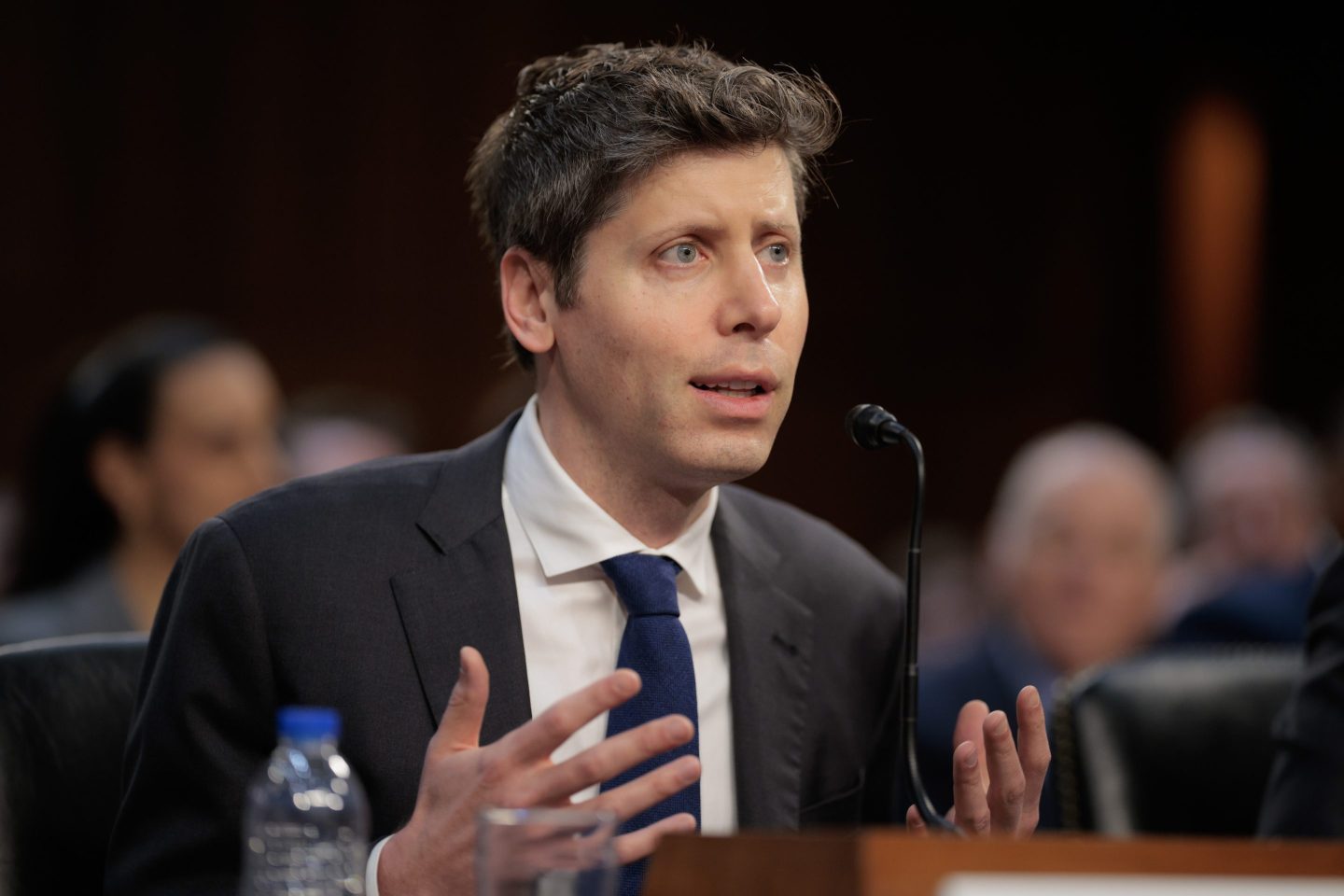This essay originally published in the Sunday, June 16, 2024 edition of the Fortune Archives newsletter.
On the sunny morning of Sept. 30, 1982, Johnson & Johnson chairman James E. Burke was casually catching up with president David R. Clare at the company’s “unassuming red brick headquarters” in New Brunswick, N.J., when a member of the executive committee barged in.
He brought news of an unimaginable tragedy, Fortune associate editor Thomas Moore wrote: Three people had died in the Chicago area after taking the company’s blockbuster pain reliever, Extra-Strength Tylenol. As the story broke, calls came in from journalists across the country, then from pharmacies and doctors, poison control centers, and panicked consumers. It emerged that the capsules had been laced with cyanide—and by Oct. 1, four more were dead.
In his perceptive account of the days and weeks after the poisonings within the leadership ranks of the Big Pharma giant, Moore lays out in devastating detail a corporate crisis management operation that has since been canonized and taught in business schools. It “set the standard for an ethical corporate response” to such a grave situation, in the words of Fortune’s Geoff Colvin. (And as Geoff wrote in 2021, it was an example that some looked back to four decades later when the rollout of J&J’s COVID-19 vaccine was marred by a few cases of an extremely rare blood clot.)
The Tylenol poisoner was never apprehended, though a suspect was later identified. By November, when Moore’s story was published, some 31 million bottles of Tylenol, with a retail value of over $100 million, had been pulled from pharmacy shelves. It was unclear whether the medicine that accounted for 17 percent of J&J’s net income in 1981 could ever recover its dominance. (Spoiler alert: It did.)
The story of what became known as the Tylenol murders isn’t just a case study in corporate crisis management: In retrospect, that moment of public terror in 1982 looks like the beginning of a more fundamental shift. Americans back then had a very different attitude to the integrity of their medical supply chain than they do today. They largely believed that the big pharmaceutical companies that made their medicines had their best interests at heart. Pill bottles were not yet sealed with tamper-proof packaging (though that practice began in the wake of the poisonings). It would be decades before the safety of vaccines was questioned in viral social media campaigns.
That genie probably can’t be put back into the bottle. But the fundamental business principle that guided Burke’s response to the Tylenol murders remains a useful one for any company leader to keep in mind: “People forget how we built up such a big and important franchise,” he told Moore. “It was based on trust.
This is the web version of the Fortune Archives newsletter, which unearths the Fortune stories that have had a lasting impact on business and culture between 1930 and today. Subscribe to receive it for free in your inbox every Sunday morning.












